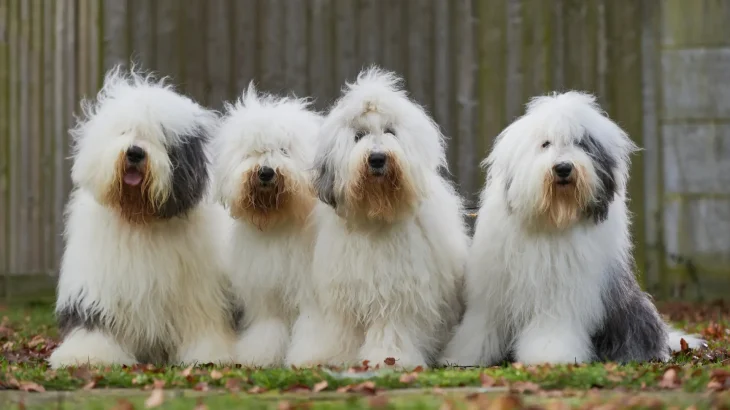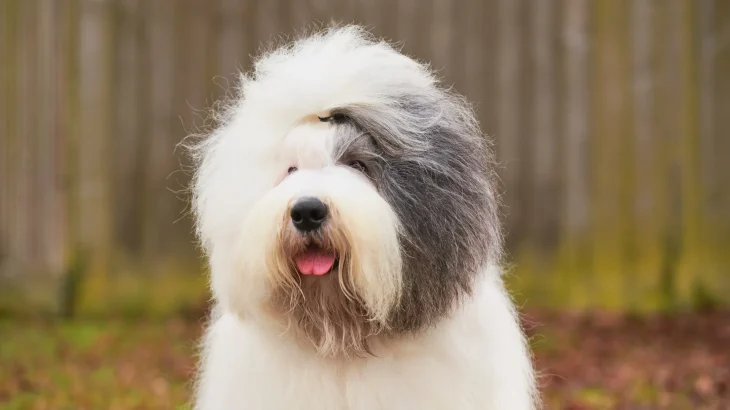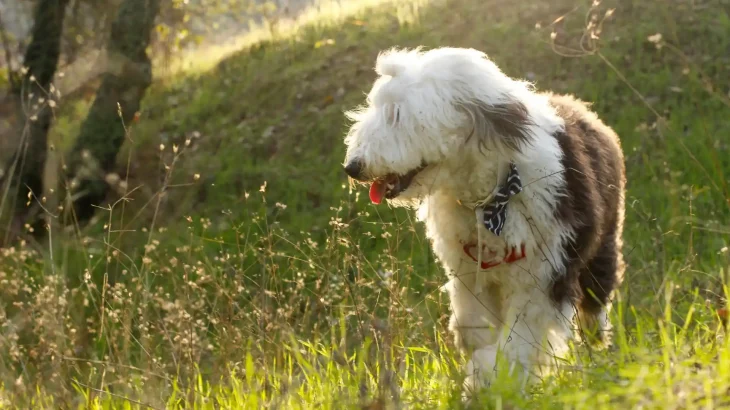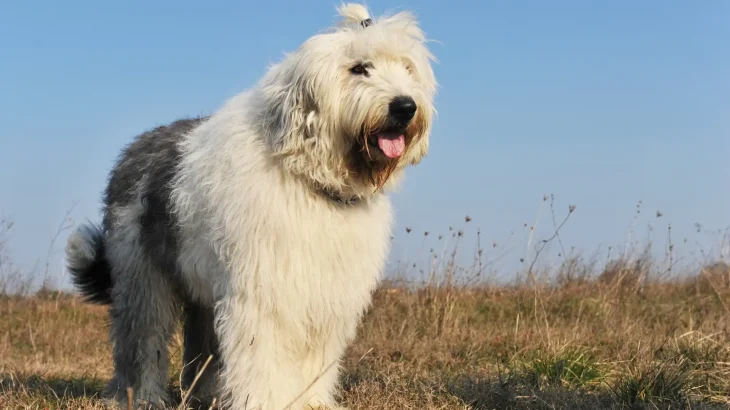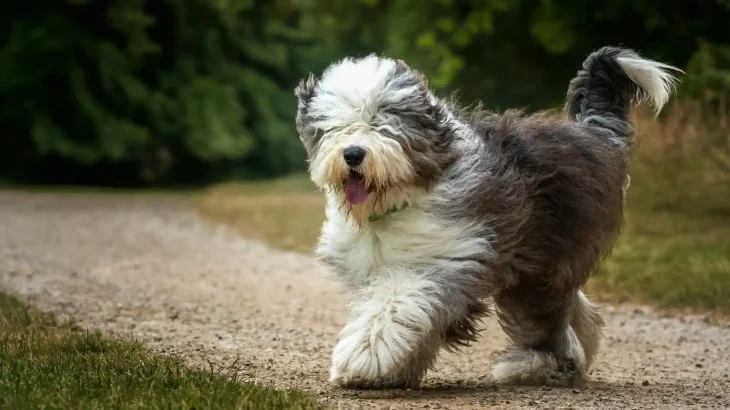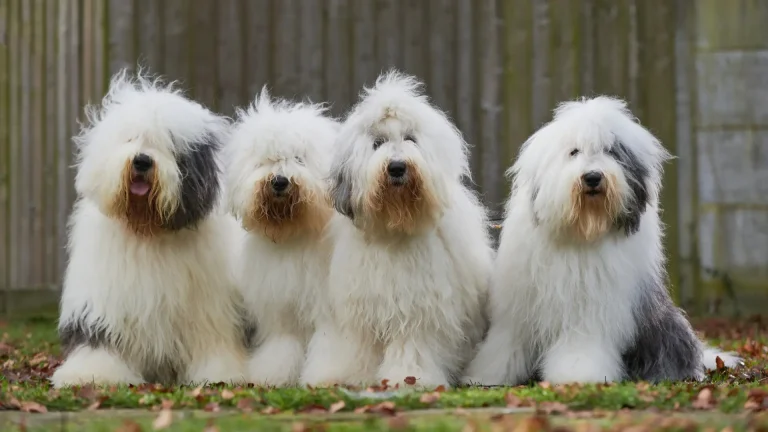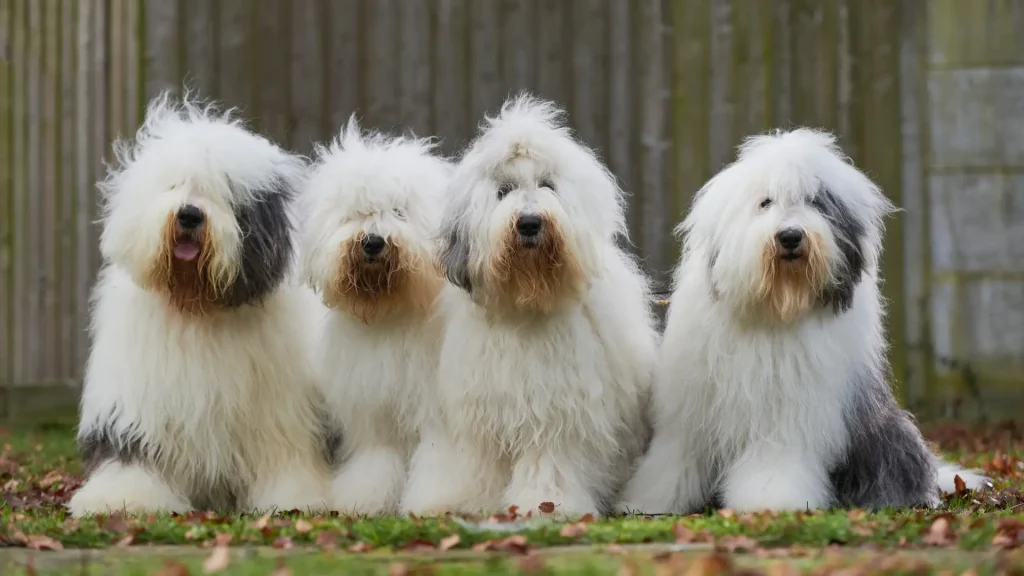Choosing between adopting or purchasing an Old English Sheepdog puppy depends on what matters most, such as cost, health transparency, and ethics. Buying from a reputable breeder usually offers detailed health and pedigree information, while adoption provides a chance to give a loving home to a dog in need, often at a lower cost.
| Criteria | Buying from Breeder | Adopting from Shelter/Rescue |
|---|---|---|
| Cost | Generally higher initial cost due to breed popularity and pedigree. | Lower fees, making it more affordable. |
| Health History | Complete health records and genetic screening often provided. | Health info may be limited or unknown; basic checks usually done. |
| Age Availability | Usually puppies, letting you raise them from an early age. | Variety of ages available, including adults. |
| Temperament Insight | Breeders can share lineage-based temperament expectations. | Shelter staff provide behavior observations; full history might be unclear. |
| Supporting Practices | Supports responsible breeding when chosen carefully. | Helps animal welfare by rescuing dogs in need. |
| Ethical Considerations | Important to avoid puppy mills and prioritize health. | Adopting helps reduce overpopulation and euthanasia. |

